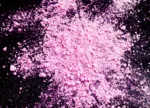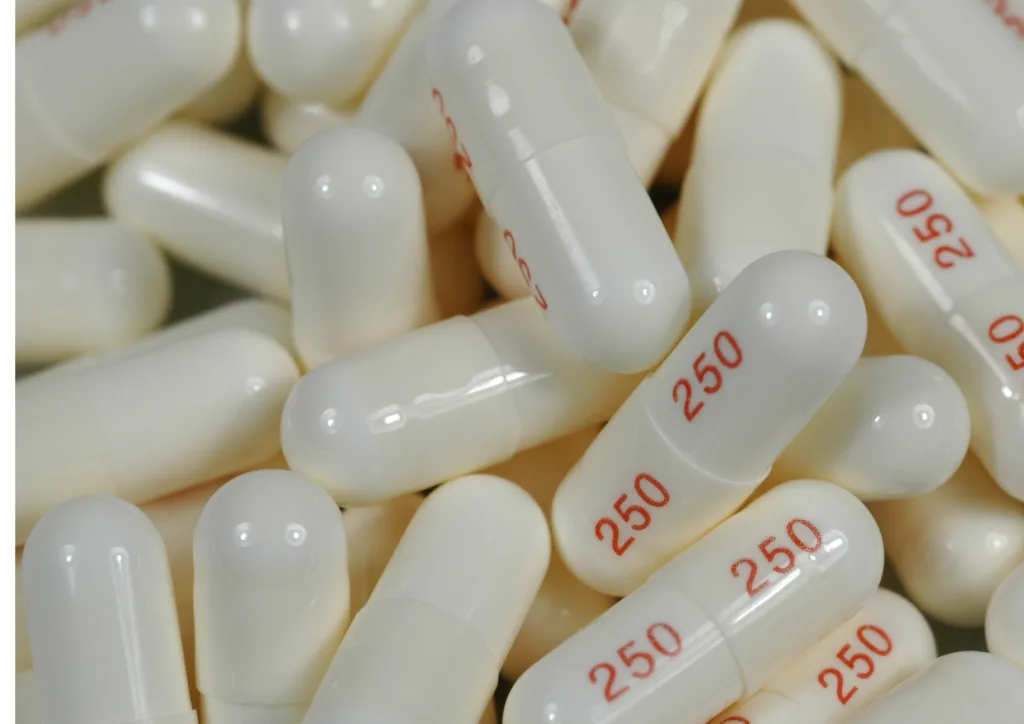Pink Cocaine: The Risks of a Trendy but Dangerous Drug

In recent years, a synthetic drug known as Pink Cocaine has gained popularity on the party scene, especially among younger adults. Also referred to as “Tuci,” this drug is often marketed as a glamorous alternative to traditional stimulants—but behind the flashy name and colorful appearance lies a highly dangerous substance.
At Silvermist, we’re committed to helping individuals understand the real dangers of drugs like Pink Cocaine and providing a path to safe, sustainable recovery.
What Exactly Is Pink Cocaine?
Despite its name, Pink Cocaine is not cocaine at all. The term is often used as a street name for 2C-B, a synthetic psychedelic drug that produces stimulant and hallucinogenic effects. However, what makes Pink Cocaine even more dangerous is that there is no standardized formula. In some cases, it may contain a mix of:
- 2C-B (or other 2C family substances)
- MDMA
- Ketamine
- LSD or other unknown chemicals
This unregulated blend of substances makes Pink Cocaine unpredictable and highly risky. Users often have no idea what they’re actually taking or how their body will react.
Why Is Pink Cocaine Abused?
Pink Cocaine is commonly used in party or club environments for its euphoric and stimulating effects. People may be drawn to it for a sense of emotional release, enhanced sensory experiences or peer influence. It’s often snorted, ingested in pill form or rubbed on the gums.
Because it’s sometimes packaged in flashy bags or vials and associated with upper-class nightlife scenes, there’s a false perception that it’s safer than other street drugs. Unfortunately, the opposite is often true.
Health Risks and Dangers
The physical and psychological effects of Pink Cocaine can be severe, especially when combined with other substances or alcohol. Risks include:
- Intense hallucinations or paranoia
- Increased heart rate and blood pressure
- Severe anxiety or panic attacks
- Nausea, vomiting or dehydration
- Seizures or overdose
- Long-term mental health issues such as psychosis or depression
Because the drug is often mixed with unknown compounds, there’s also a high risk of adverse reactions and even fatal overdose.
Signs of Pink Cocaine Abuse
If you suspect someone is using Pink Cocaine, some signs to watch for include:
- Sudden mood swings or erratic behavior
- Impaired judgment or hallucinations
- Insomnia or hyperactivity
- Withdrawal from responsibilities or relationships
- Increased secrecy or risky behaviors
Over time, repeated use can lead to psychological dependence and worsening mental health symptoms.
Treatment for Synthetic Drug Abuse at Silvermist
Recovering from synthetic drug abuse requires more than just detox—it involves addressing the underlying emotional and behavioral factors that contribute to substance use. At Silvermist, we provide a comprehensive treatment approach that includes:
- Relapse prevention planning
Our experienced team creates personalized plans in a peaceful, supportive environment to help each person rediscover a life free from the chaos of substance use.
You’re Not Alone—Help Is Here
Pink Cocaine might seem like just another party drug, but its unpredictable nature and potential for harm make it especially dangerous. If you or a loved one is struggling with Pink Cocaine use or any synthetic substance, Silvermist is here to help. Reach out today and take the first step toward lasting healing and recovery.




